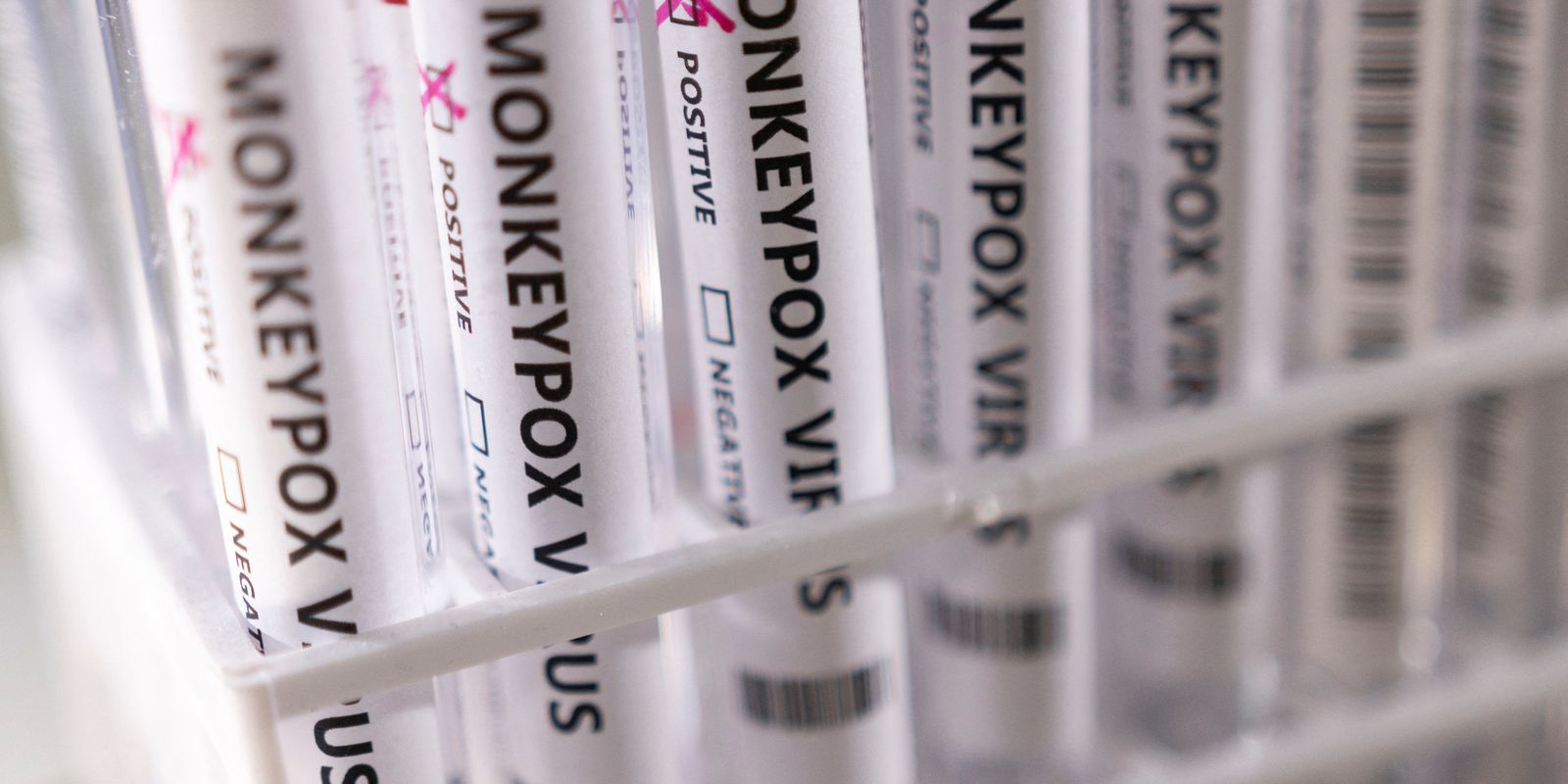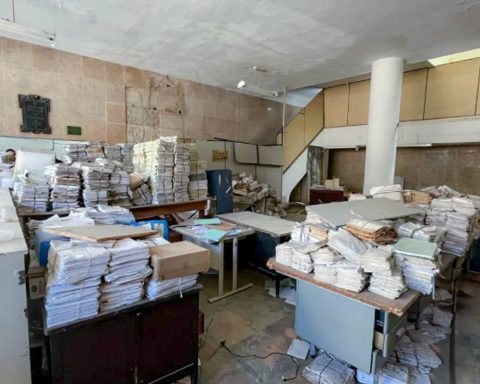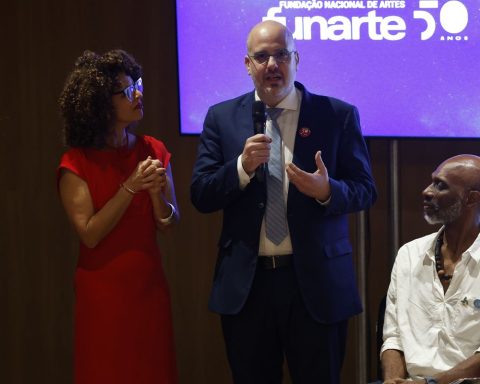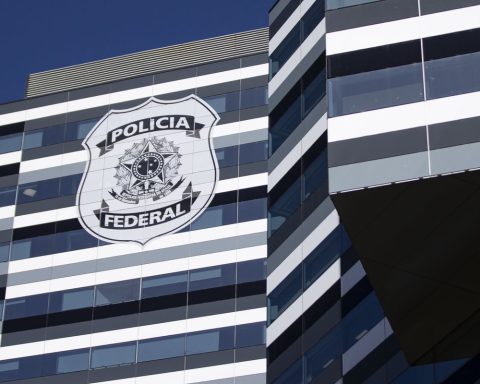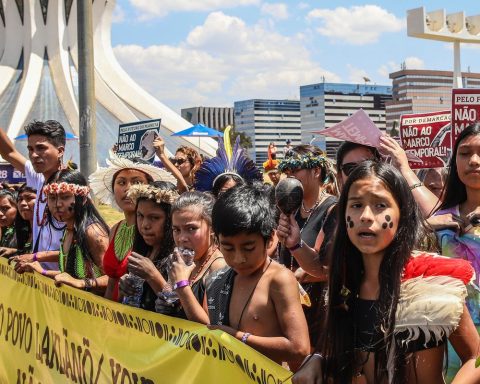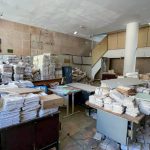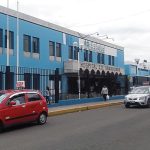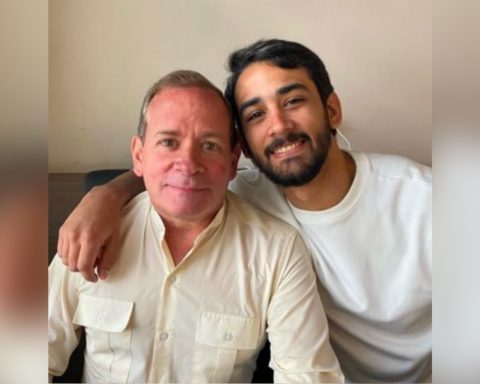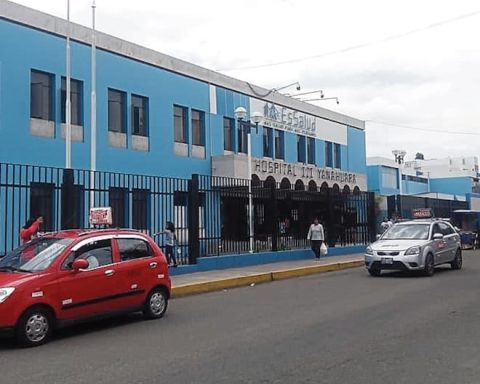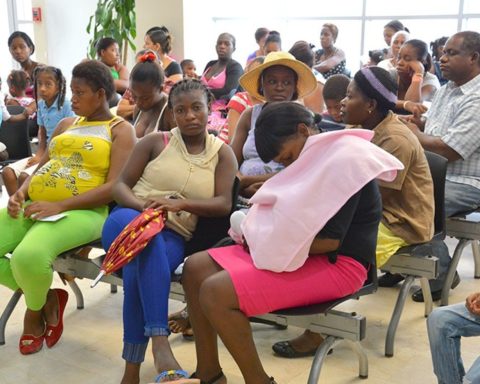The Ministry of Health said it had registered seven new Central Public Health Laboratories (Lacens) to carry out diagnostic tests for monkeypox, also known as monkeypox. “From now on, Bahia, Goiás, Santa Catarina, Ceará, Pernambuco, Paraná and Espírito Santo will also have the capacity to analyze the samples. With this, the folder ensures faster identification of the virus, which has been monitored since it was first detected in the country, in June 2022,” the folder said.
Before the expansion, the tests were already carried out by the Lacens of Minas Gerais, São Paulo, Distrito Federal, Rio Grande do Sul, in addition to the reference laboratories of the Oswaldo Cruz Foundation (Fiocruz), in Rio de Janeiro and Amazonas, of the Federal University of Rio de Janeiro and the Evandro Chagas Institute, in Pará.
According to data from the Ministry of Health, until Tuesday (20), at least 7,115 cases of the viral infection had already been registered across the country. Most in the states of São Paulo (3,548), Rio de Janeiro (963), Minas Gerais (446), Goiás (415) and Ceará (247).
The diagnosis is made exclusively by a molecular test of the PCR type, the same technology used by Fiocruz’s Biomanguinhos tests, approved by Anvisa.
Regarding the Biomanguinhos tests, the initial forecast of acquisition by the Ministry of Health is, initially, of 60 thousand kits, a quantity that can vary according to availability, for distribution throughout the network of Lacens and Reference Laboratories, considering the epidemiological situation of each state.
suspicion
Health authorities warn that in case of suspicion of the disease, molecular testing for laboratory diagnosis should be performed in all patients. It is able to detect the genetic material of the virus in the sample taken from each individual. “For this, it should be collected, preferably, from the secretion of purulent lesions. When these are already dry, the crusts can be removed and sent to the laboratory”, oriented the folder.
For those who tested positive, the recommended course of action is to maintain the isolation until the crusts disappear and the skin heals completely, without the need for a new test. The most common symptoms are a rash or lesions spread across the skin; adenomegaly/swollen lymph nodes, also known as tongues; headache; chills and weakness.
